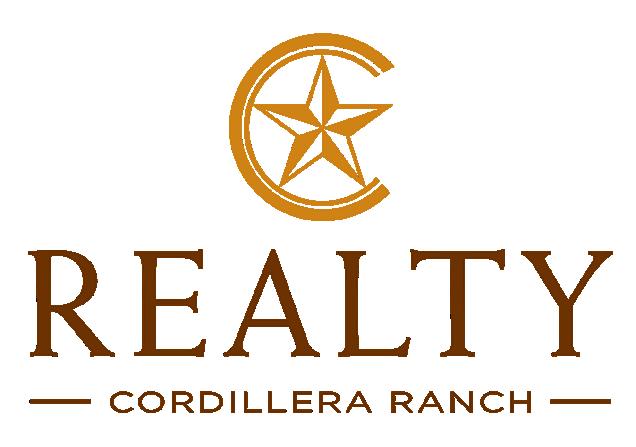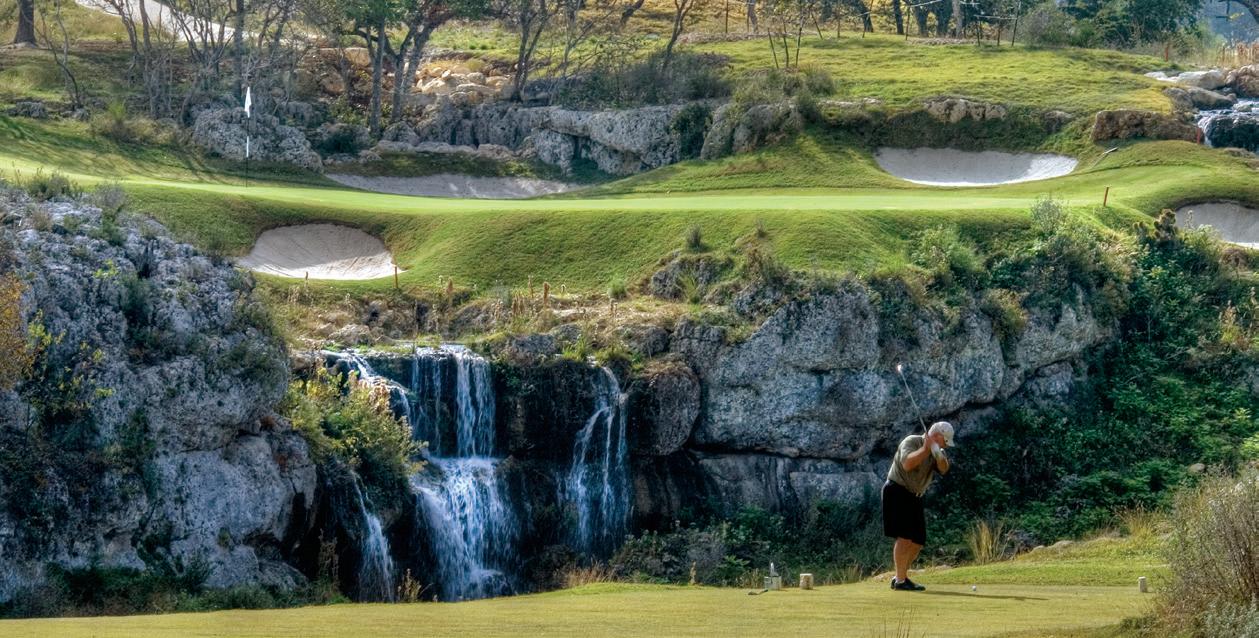LIFESTYLE
THE ROAD TO
FREEDOM The Texas Independence Trail Region brings Texas’ valiant struggle to life. By Julie Catalano From the opening shots in Gonzales to the final battle cry at San Jacinto, the Texas Independence Trail Region embodies a defining — and defiant — moment in Texas history, when converging factors fueled a rising insurgency against Mexico, who initially welcomed Americans to Texas after winning independence from Spain in 1821. By 1835, the increasingly autocratic Mexican President Antonio López de Santa Anna demanded submission from the Texans in the areas of religion, government, taxes and trade, and Texans wanted self-government. The Texas Independence Trail Region illustrates that rousing story across 28 counties stretching from Bexar County (San Antonio) to modern Harris, south to Goliad, and north to Washington County. Here are a few highlights:
ing aftermath: 300 soldiers from the Texian army of the Republic of Texas and their commander James Fannin were executed in the Goliad Massacre at Presidio La Bahía on March 27, 1836. More than 30,000 visit the presidio each year, at least 5,000 of those for the Annual Goliad Massacre Living History Program, this year on March 28-29, 2020. Reenactors and living historians from across the state gather to recreate the last days of Colonel Fannin’s command. www.presidiolabahia.org
cannon that started it all is on prominent display at the town’s art deco museum complex along with period weaponry, uniforms and artifacts. In the fall, the city holds a Come and Take It Celebration with parade, carnival and battle reenactment. www.gonzales.texas.gov
FANNIN BATTLEGROUND STATE HISTORIC SITE, FANNIN About 10 miles east of Goliad, this site honors the revolutionary soldiers who fought the Battle of Coleto in 1836 and were executed at the Goliad Massacre at Presidio La Bahía. The 14-acre landscaped grounds feature a commemorative stone obelisk, interpretive exhibit and group pavilion. www.thc.texas.gov
PRESIDIO LA BAHÍA, GOLIAD
GONZALES MEMORIAL MUSEUM, GONZALES Known as the Lexington of Texas (for one of the battles that began the American Revolution), Gonzales is the site of the first skirmish of the Texas Revolution on October 2, 1835. Uneasy about the growing Texas uprising, the Mexican government demanded the return of a small cannon they had lent the town to defend against the Comanches. The Texans instead displayed a banner taunting “Come and Take It” and the Texans prevailed. The
62 | MARCH/APRIL 2020
Regarded as the world’s best example of a Spanish frontier fort, the 18th century restored presidio is a National Historic Landmark. The complex of rock construction connected by an eight-foot-high rock wall contains the museum (originally officers’ quarters), Our Lady of Loreto Chapel (the only completely original structure and in continuous use since the 1700s), and the enlisted men’s barracks. The Battle of Goliad on October 10, 1835, was the second skirmish of the Texas Revolution with the victorious Texans occupying the presidio. The final battle of the Goliad campaign — the Battle of Coleto on March 19-20, 1836 — was a Mexican victory with a devastat-
SAN ANTONIO MISSIONS NATIONAL HISTORICAL PARK, SAN ANTONIO In 2015, the World Heritage Committee of UNESCO (United Nations Educational, Scientific and Cultural Organization) designated the group of five Spanish colonial missions a World Heritage Site. Missions San Jose, San Juan, Espada and Concepción are on park grounds; Mission San Antonio de Valero (the Alamo) is in downtown San Antonio. The grounds of Mission Concepción, the oldest unrestored stone church in the U.S., was the site of the Battle of Concepción, October 28,
















